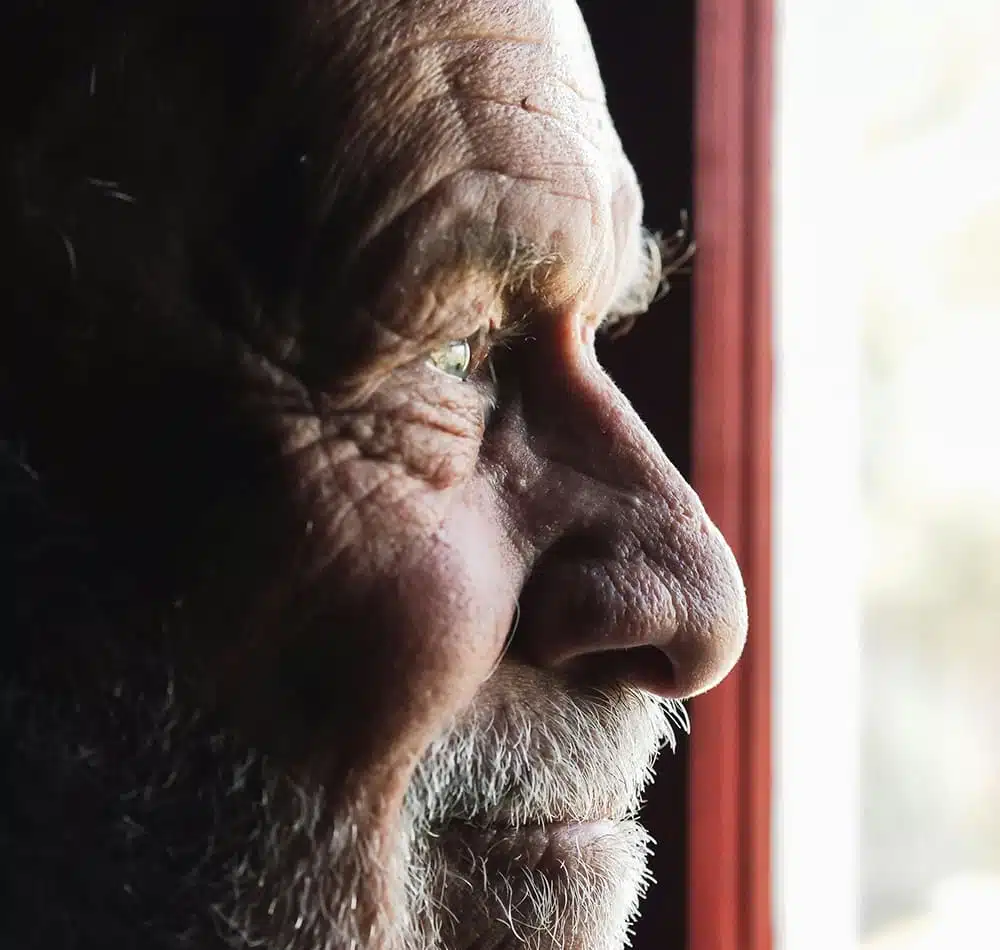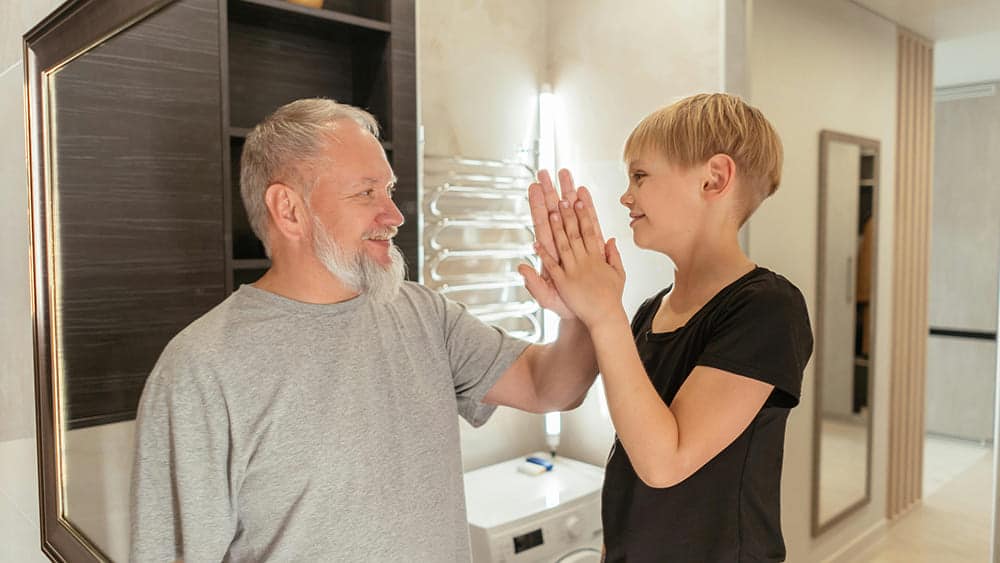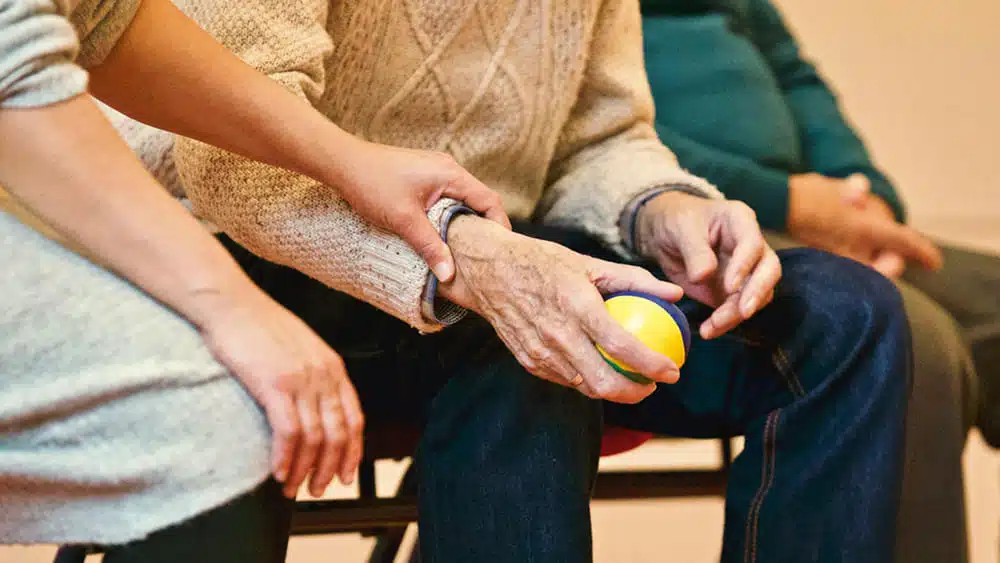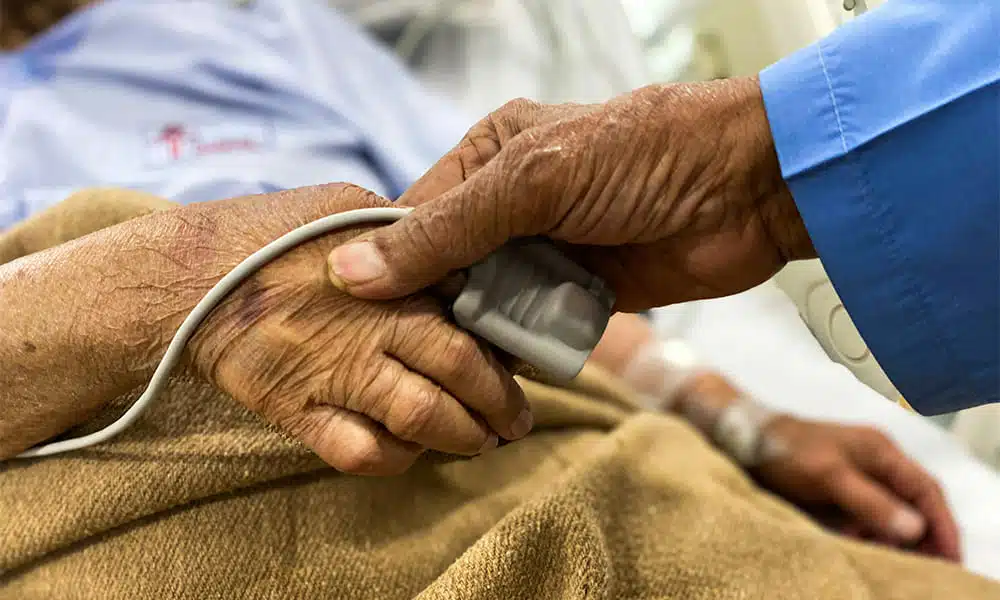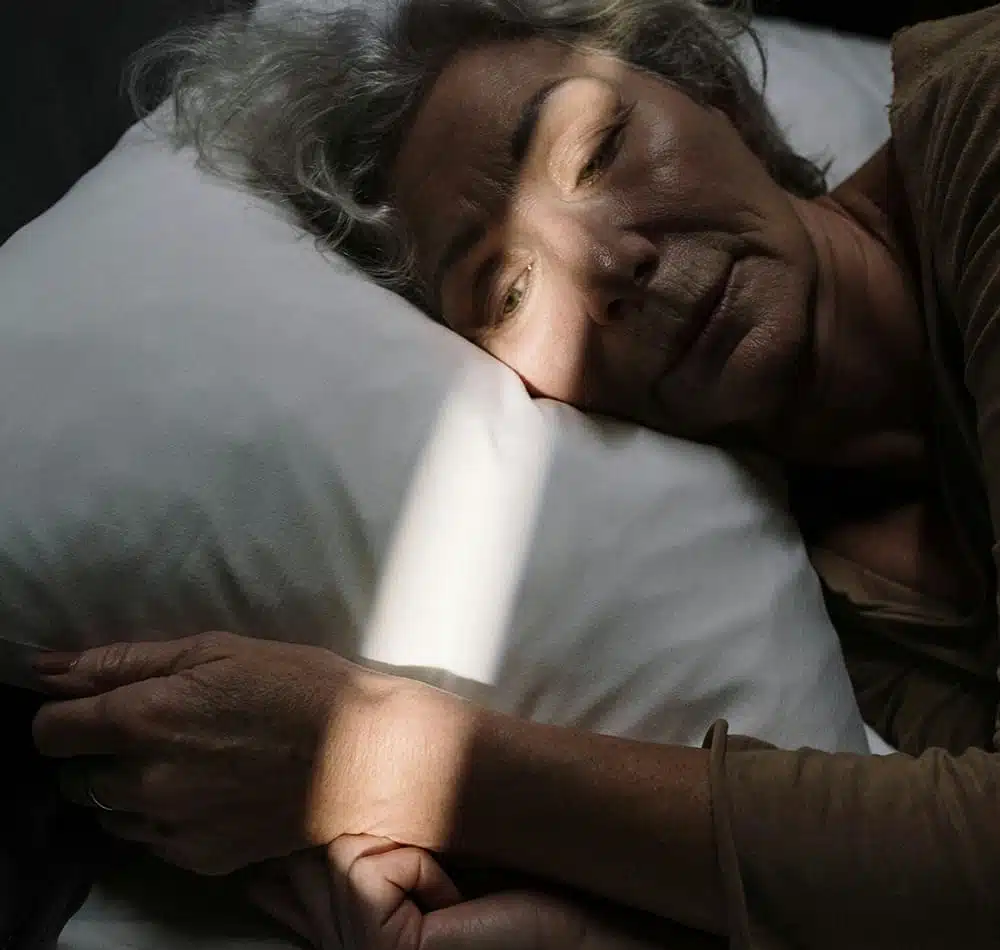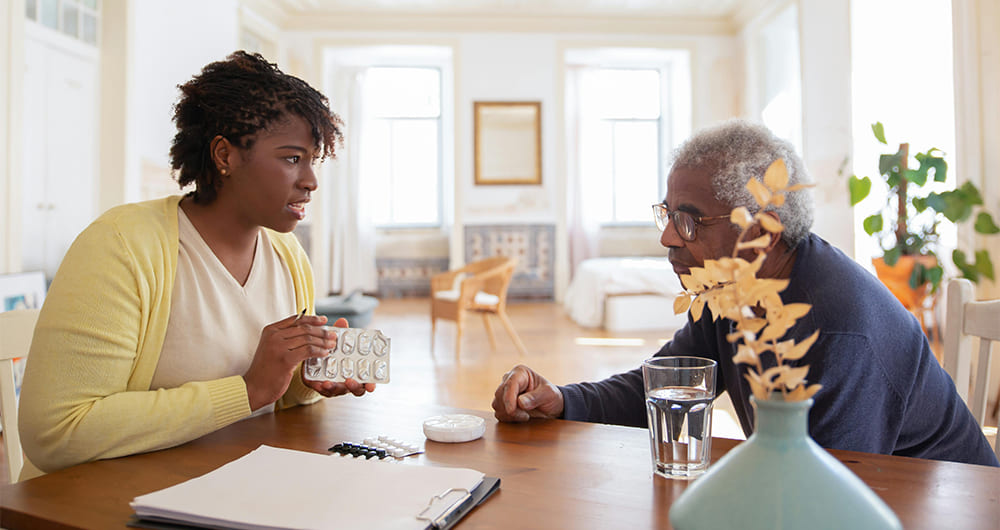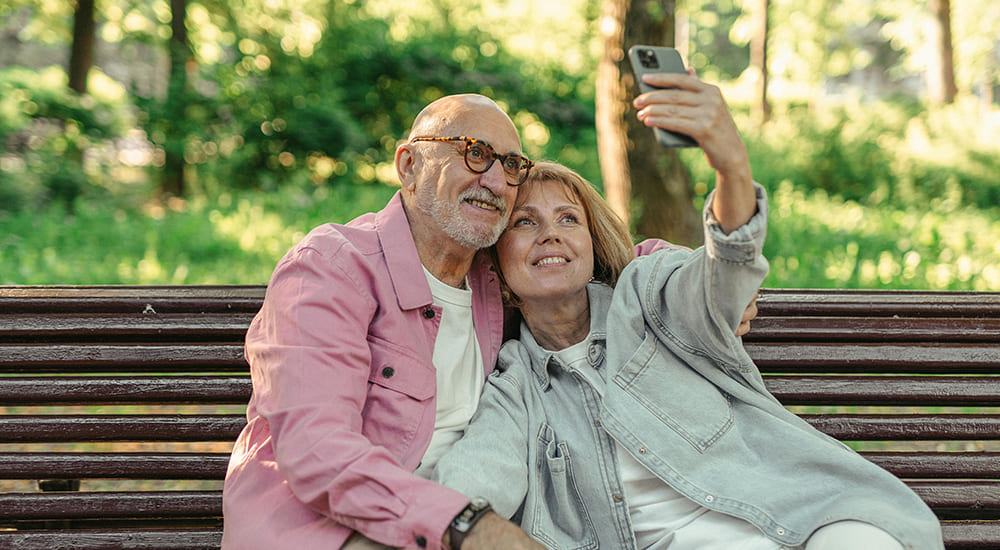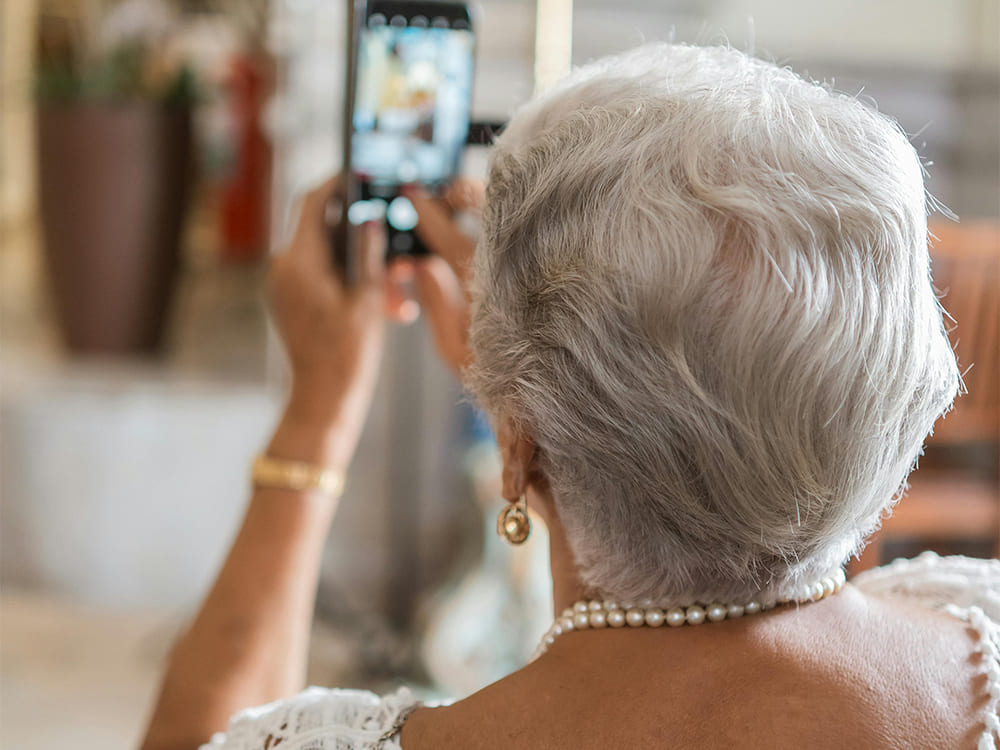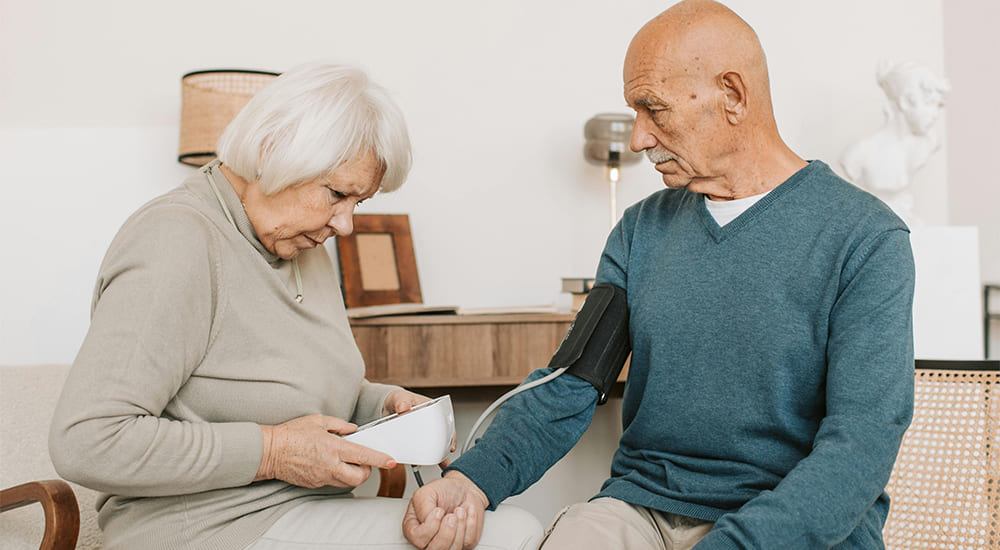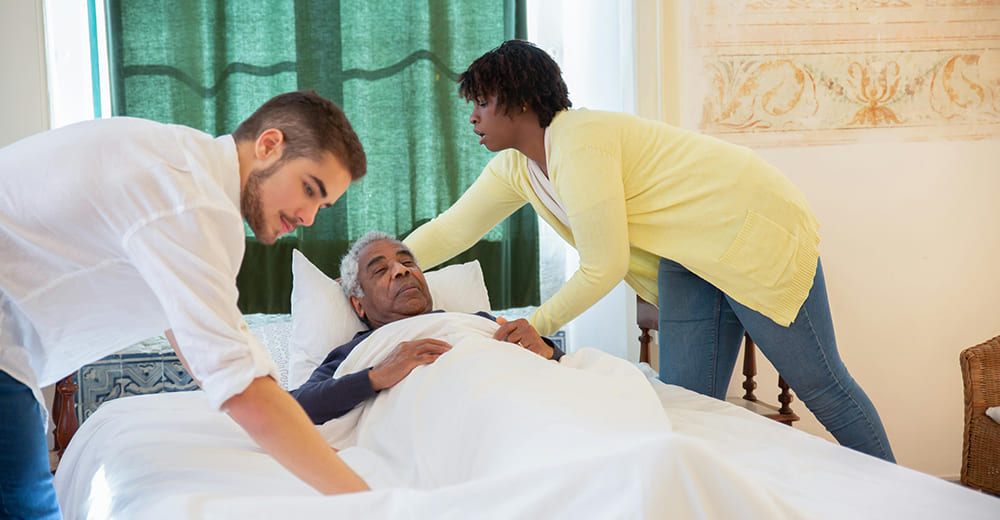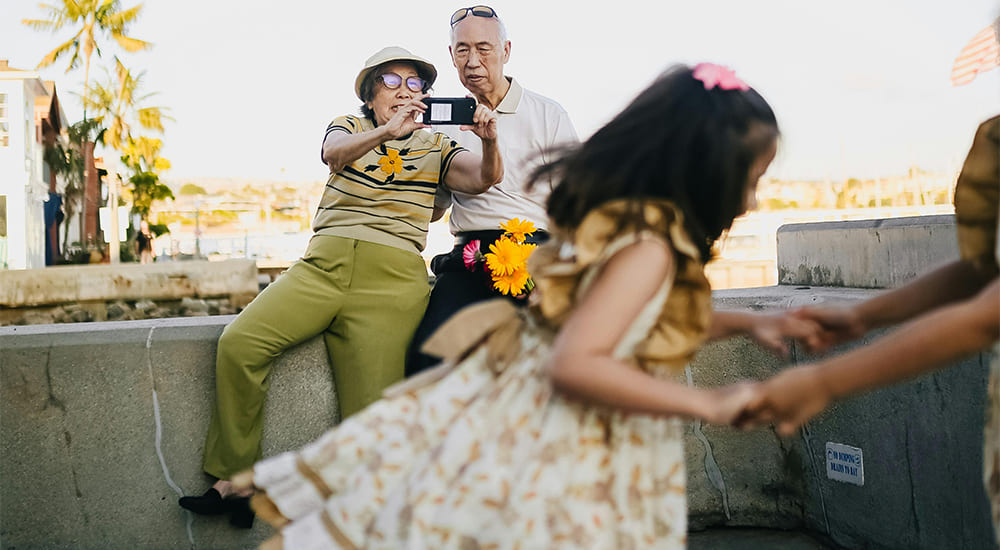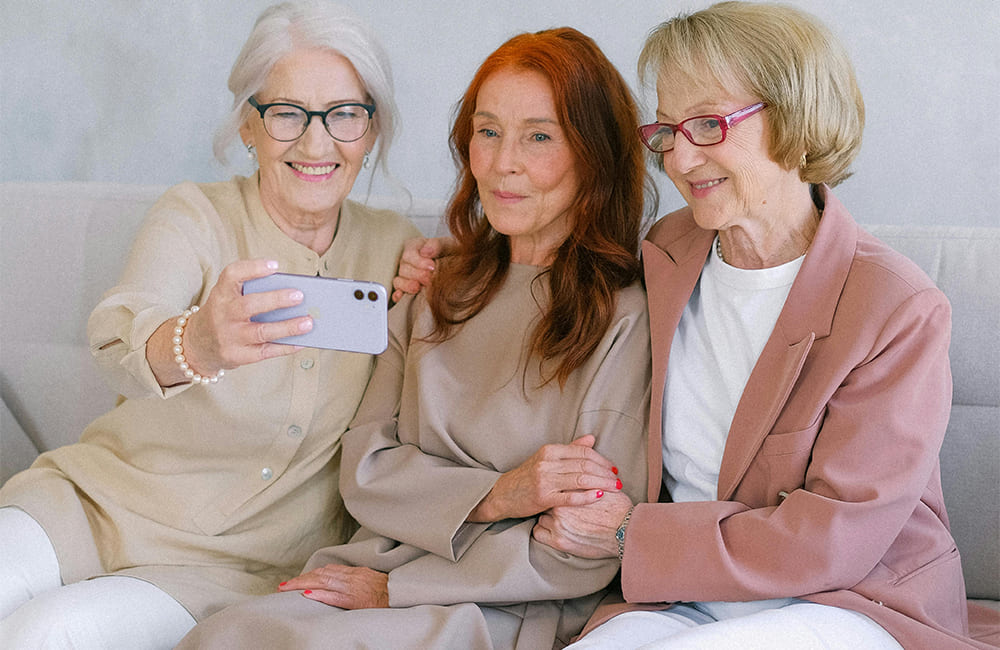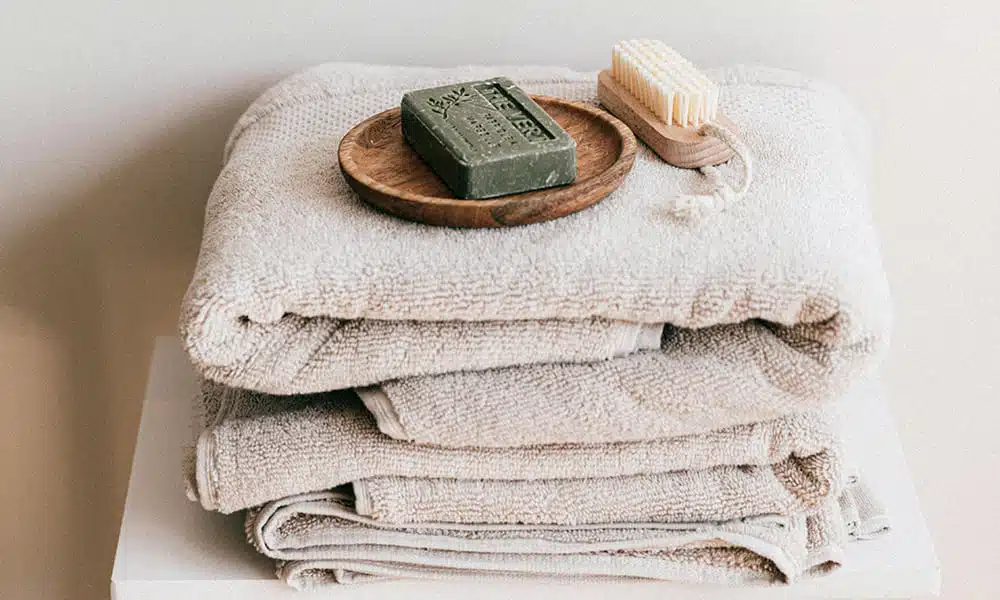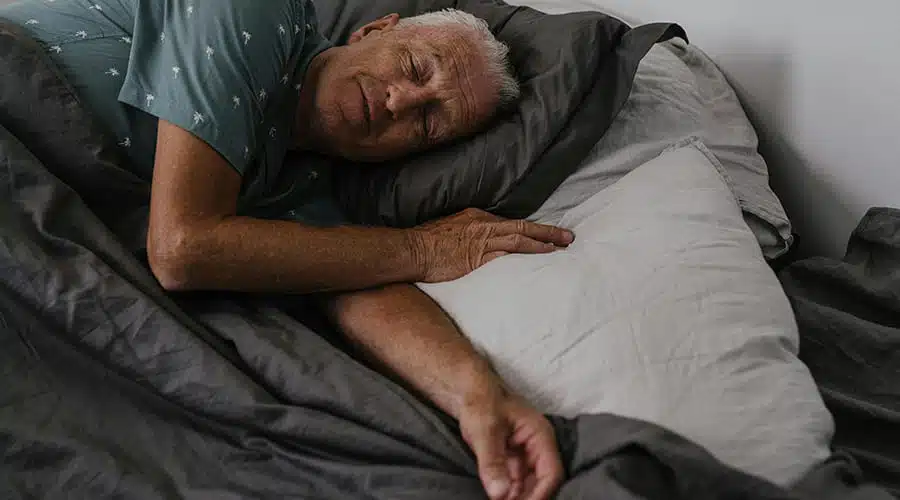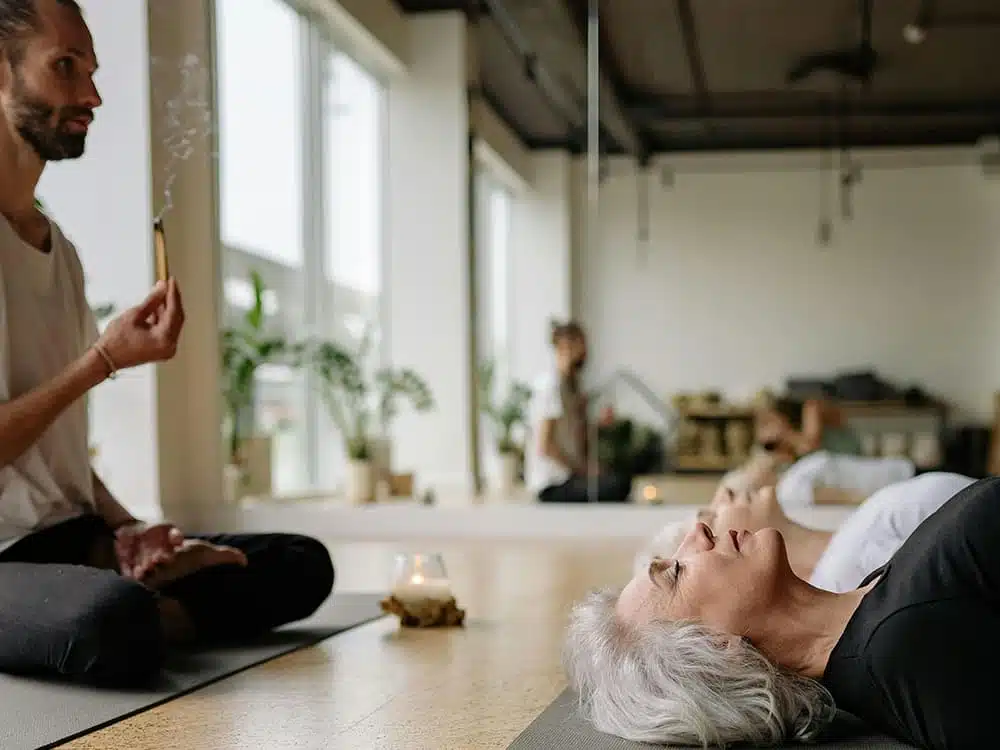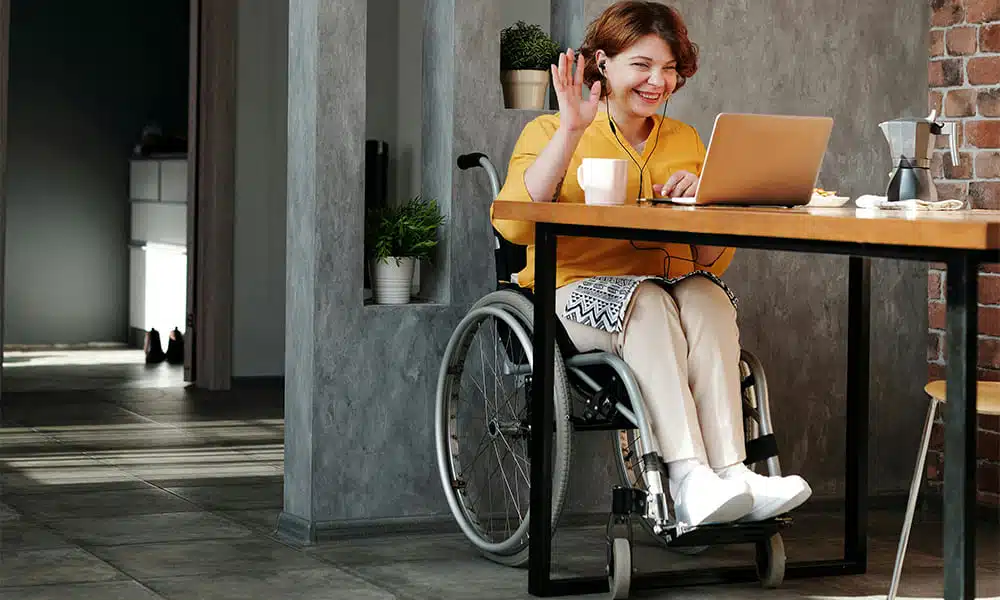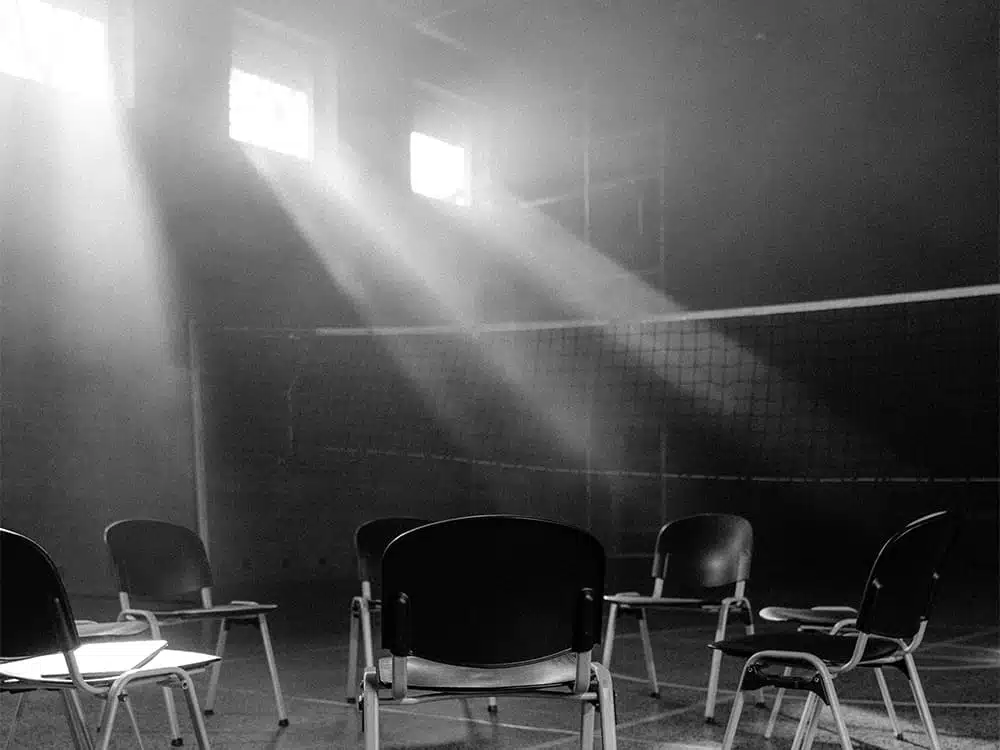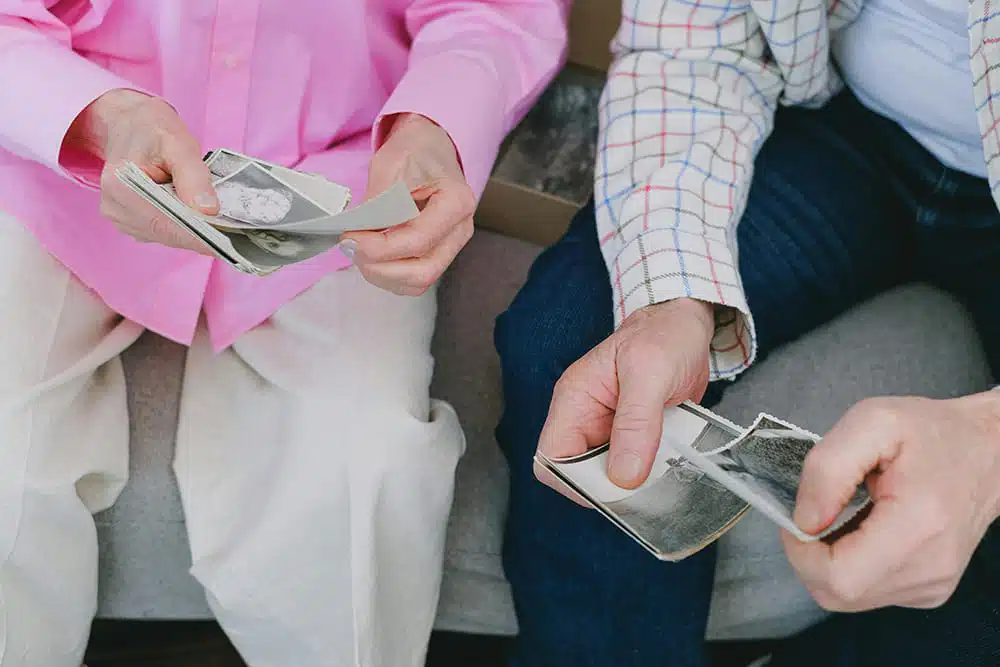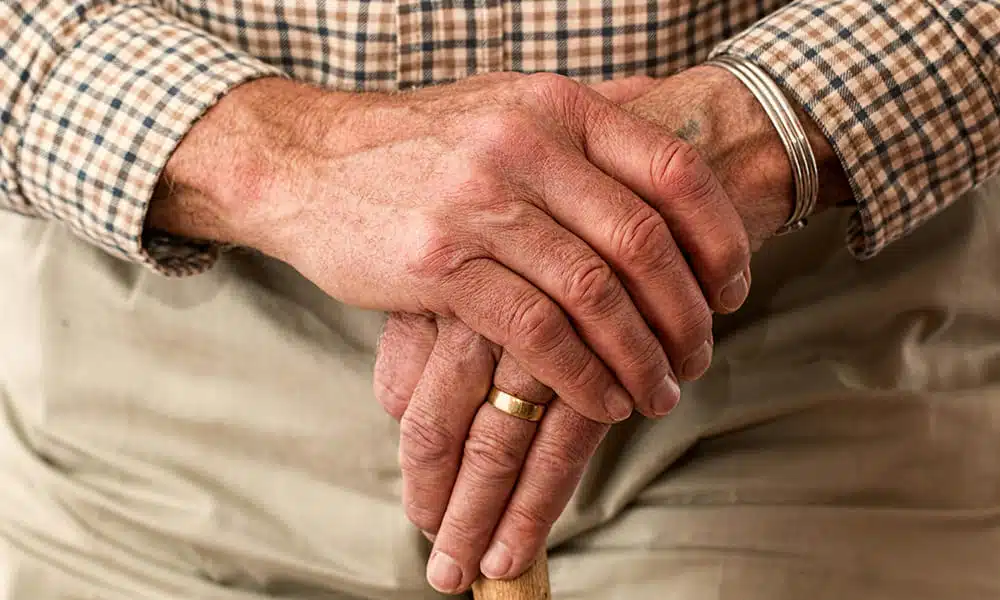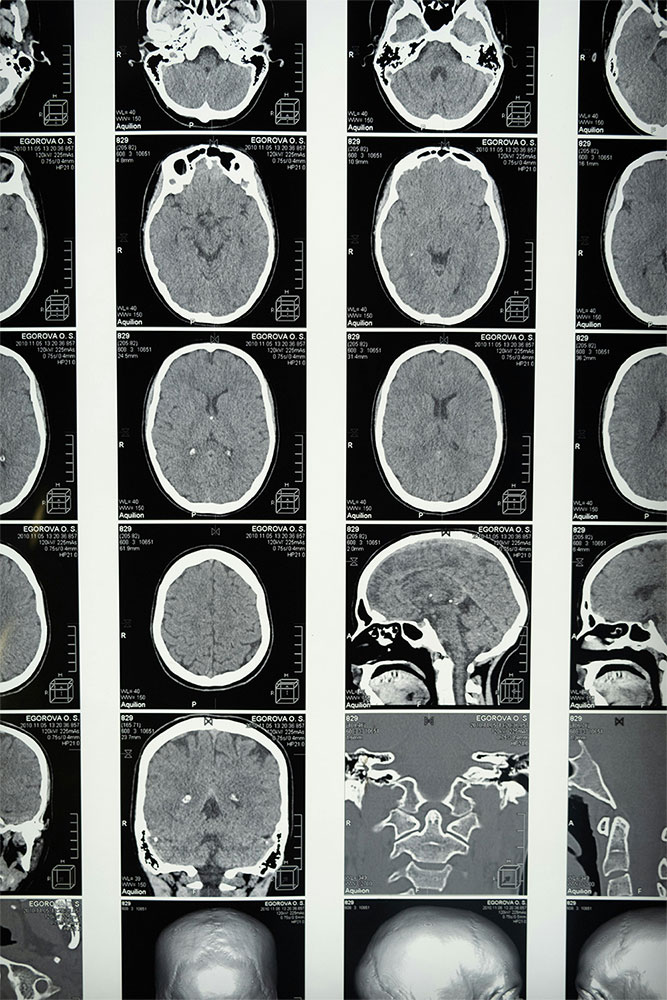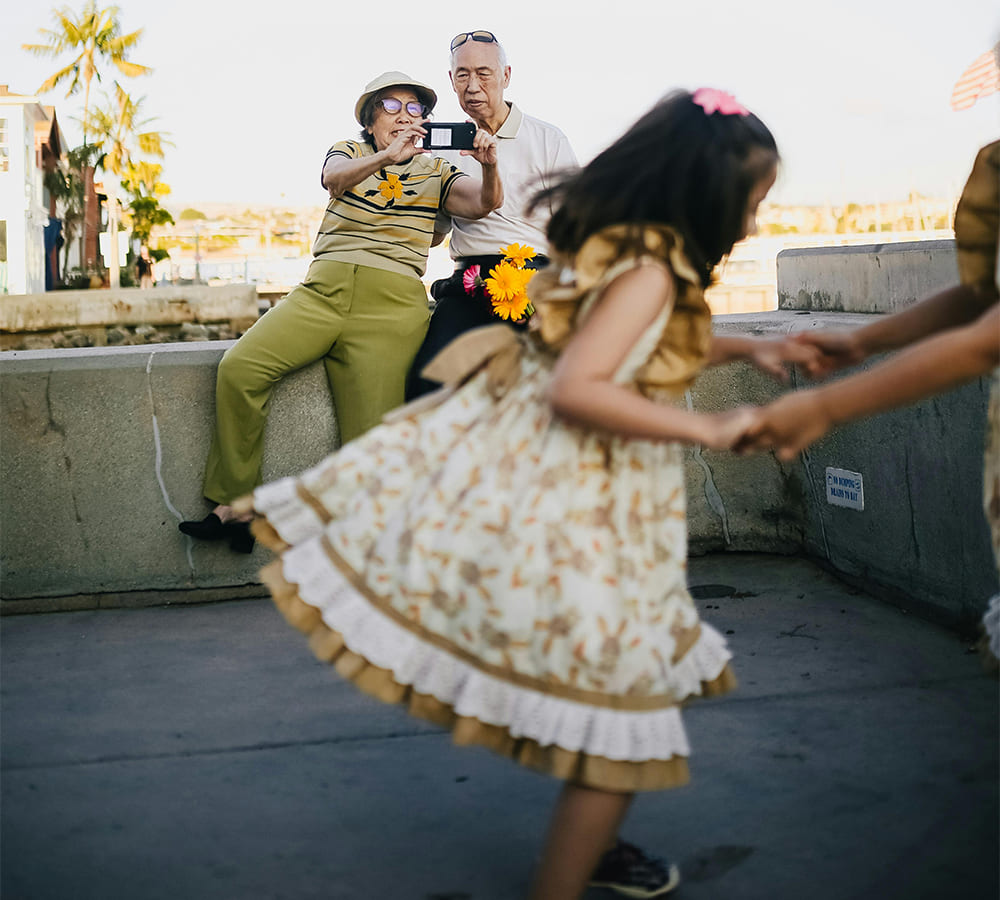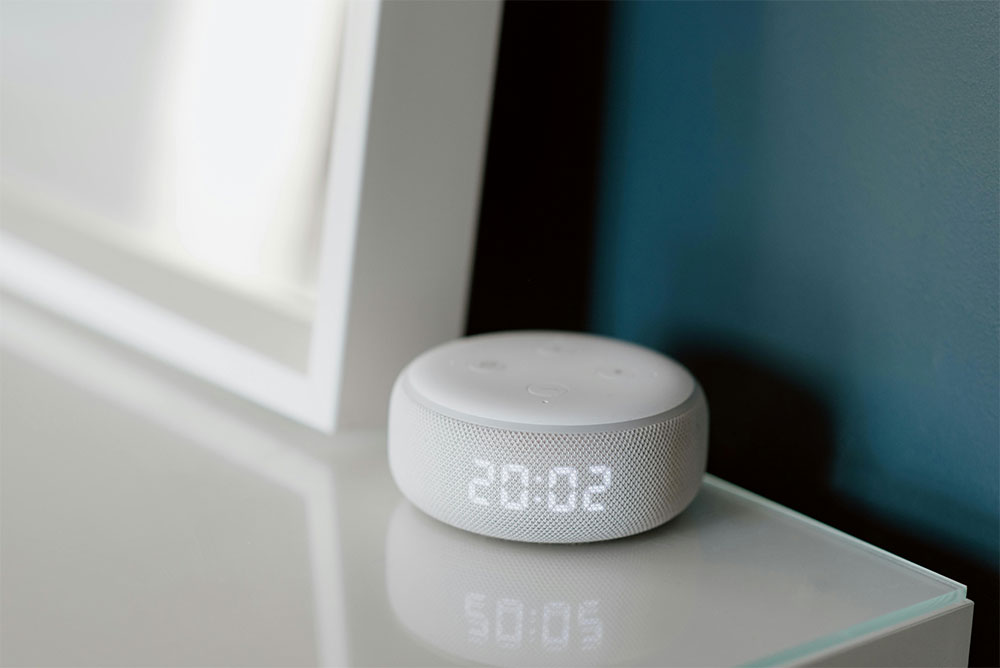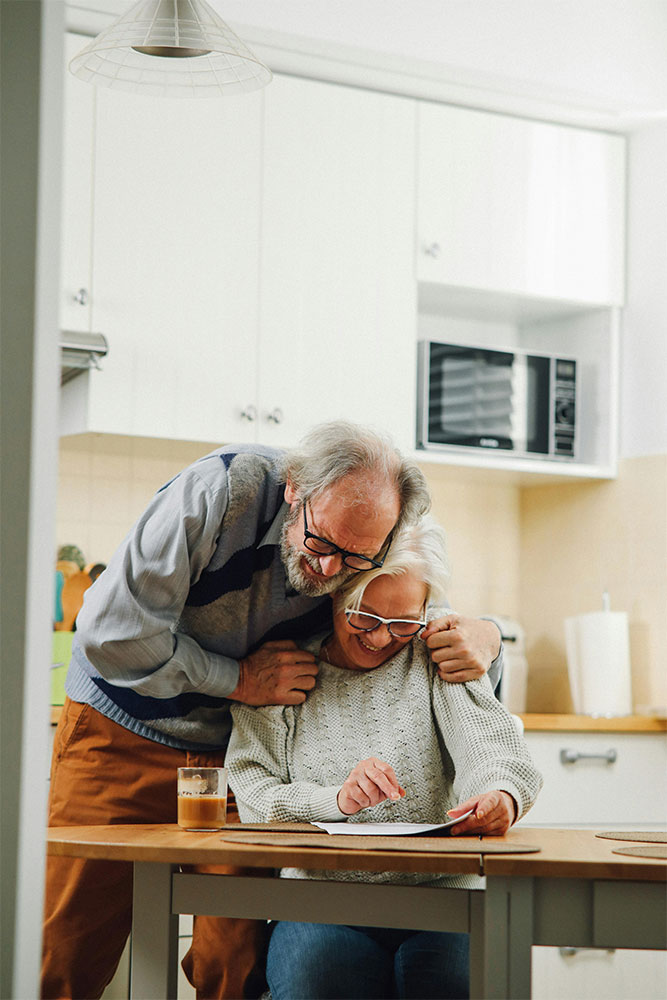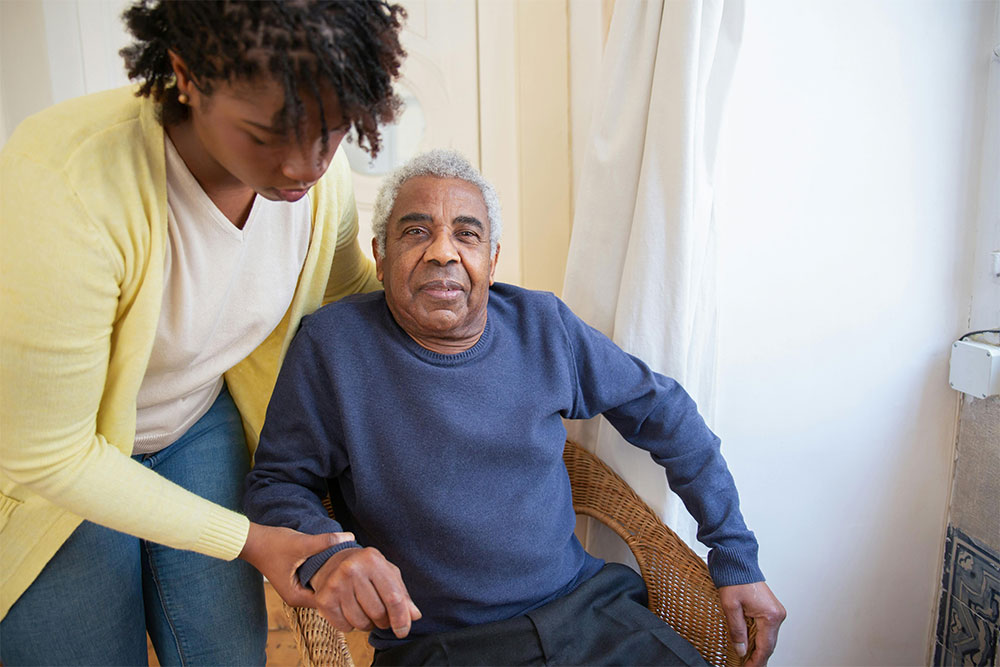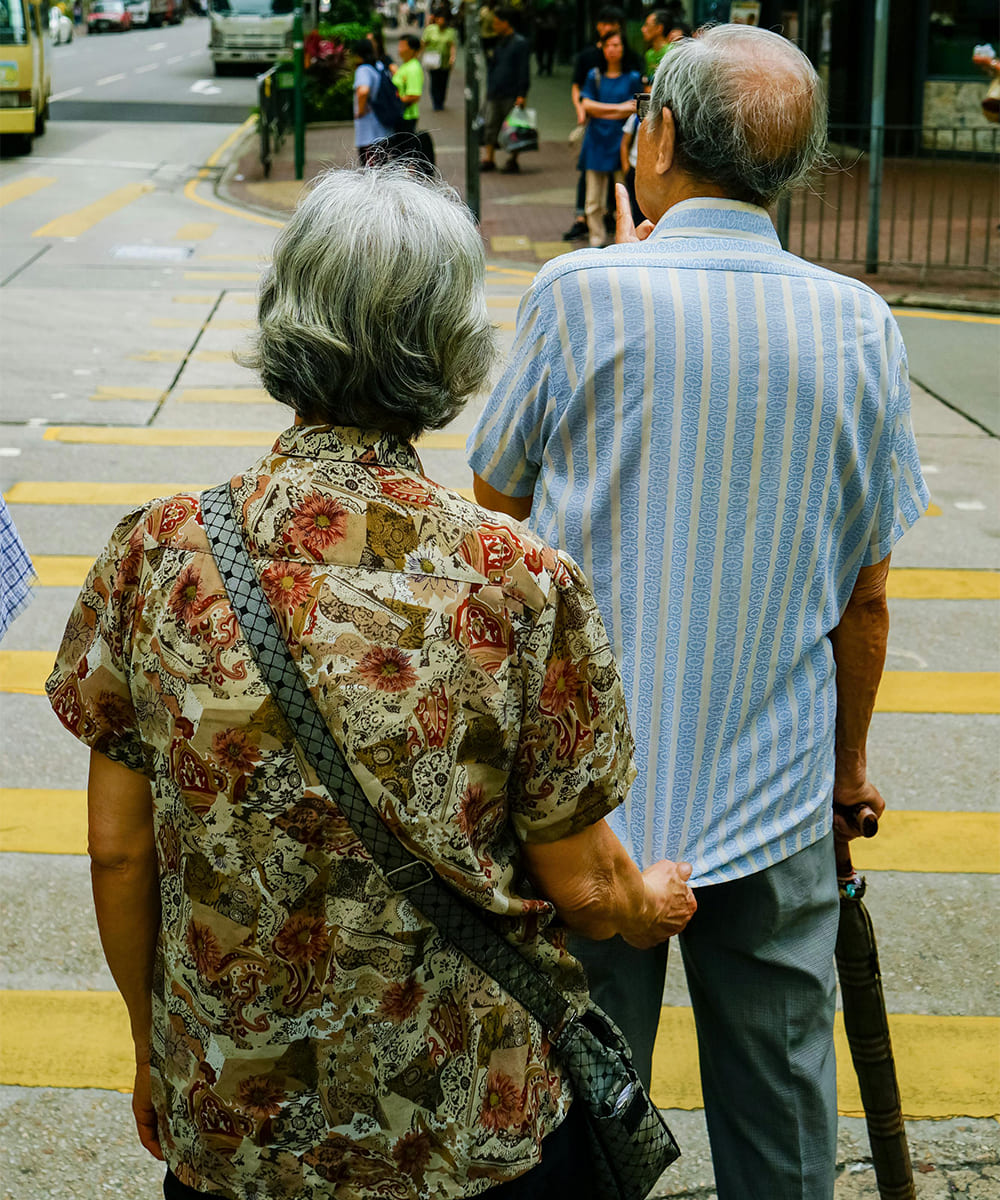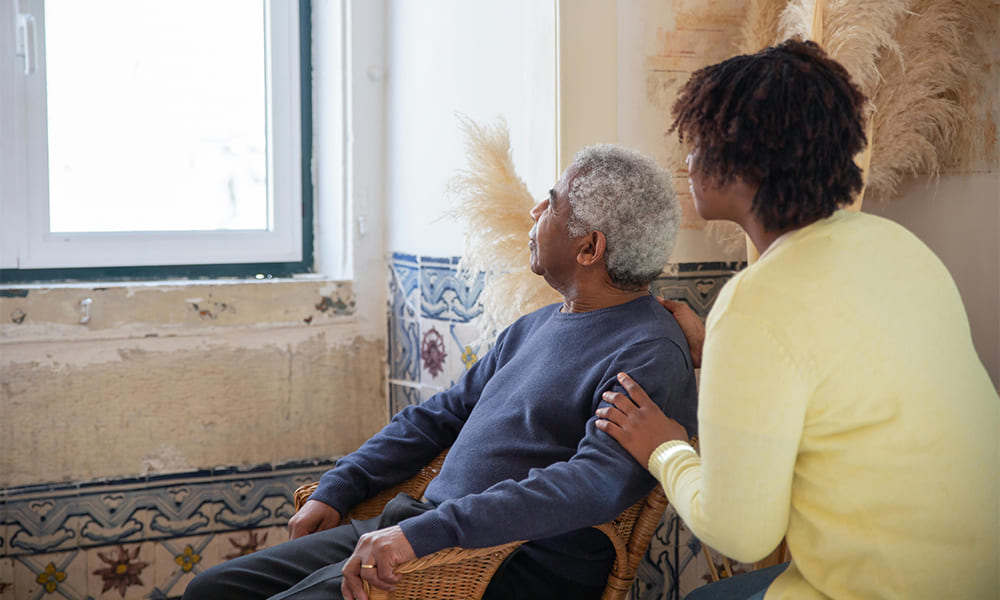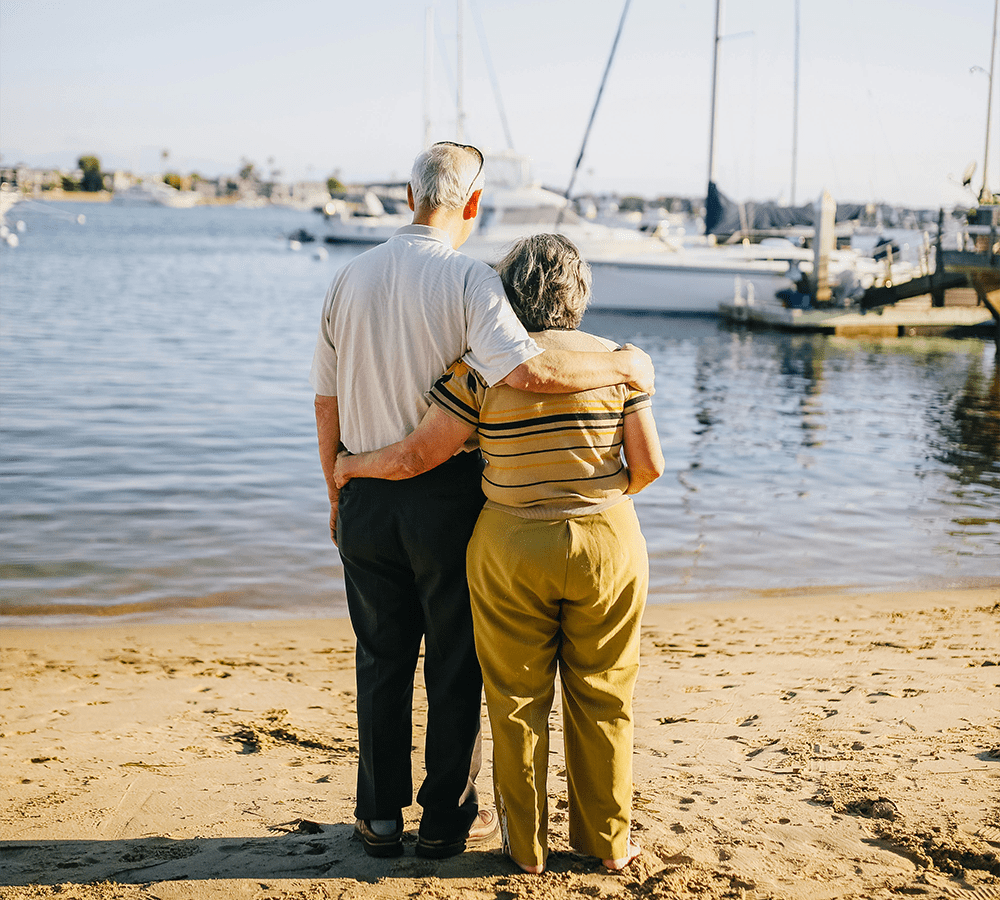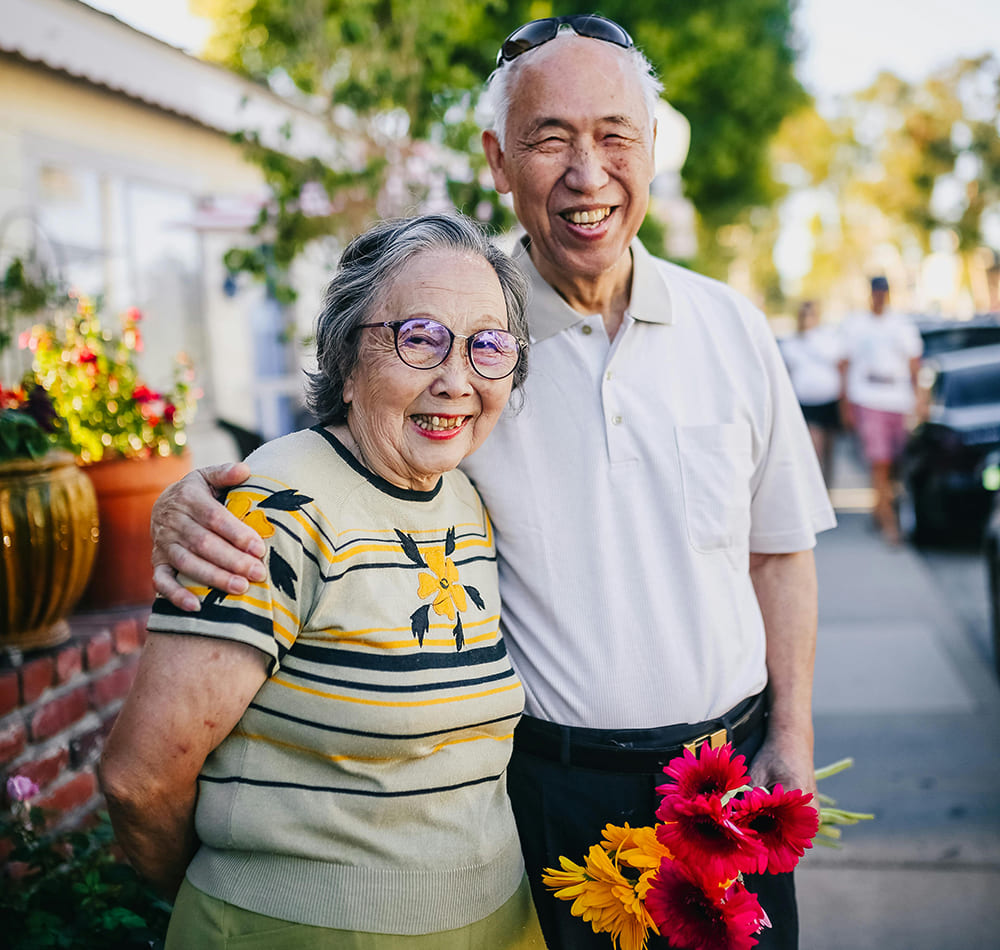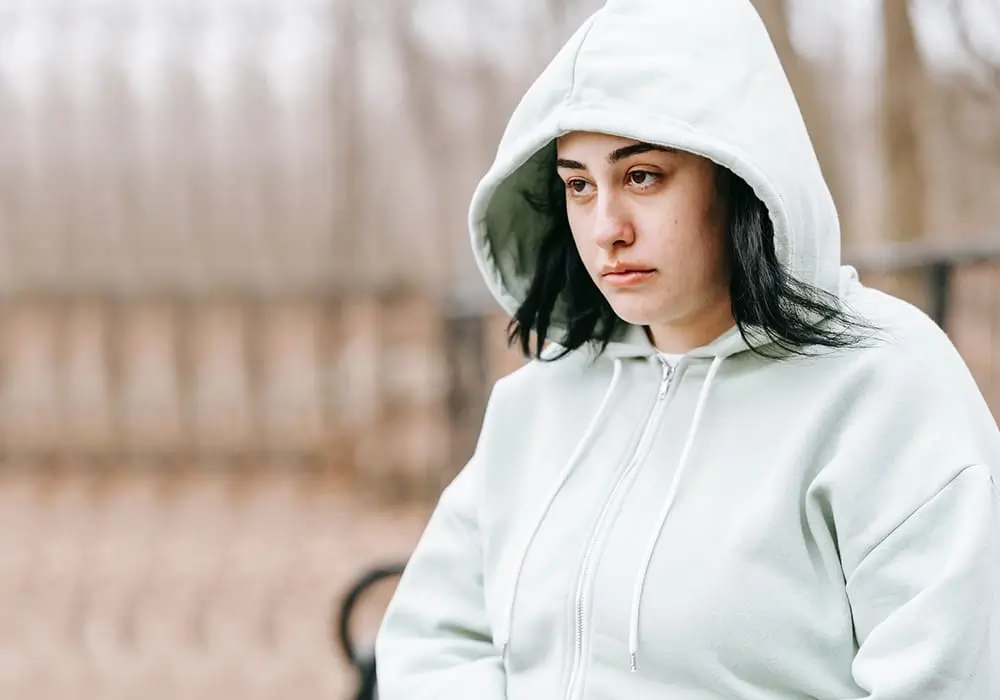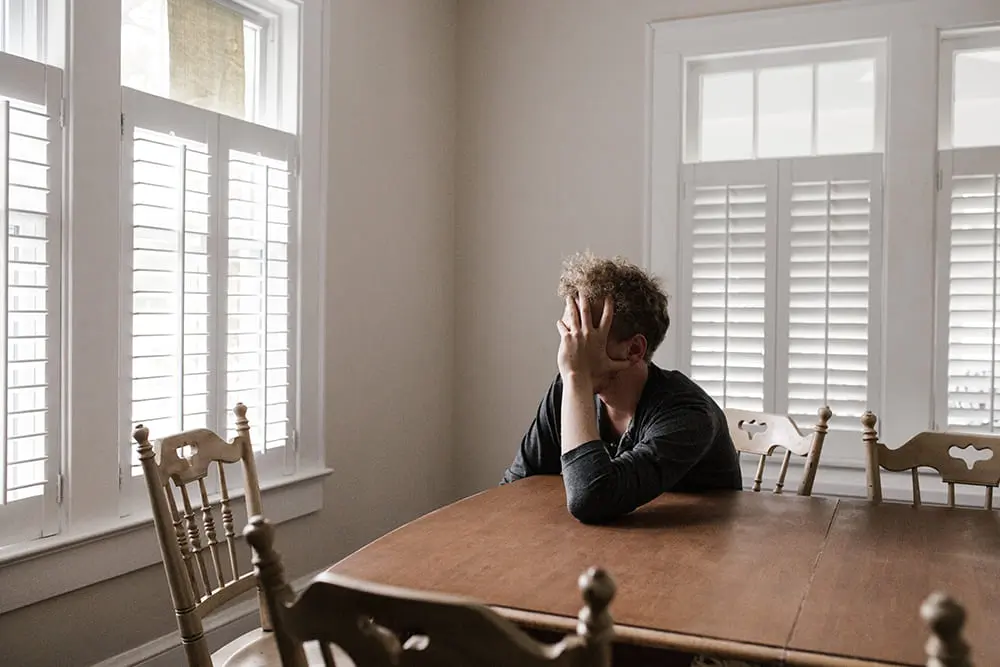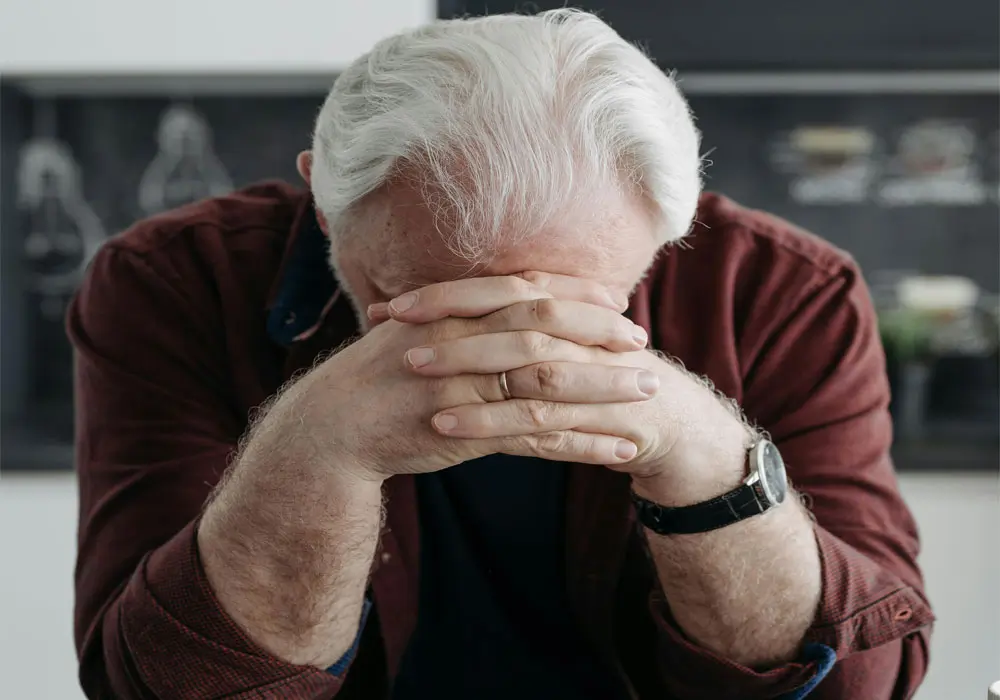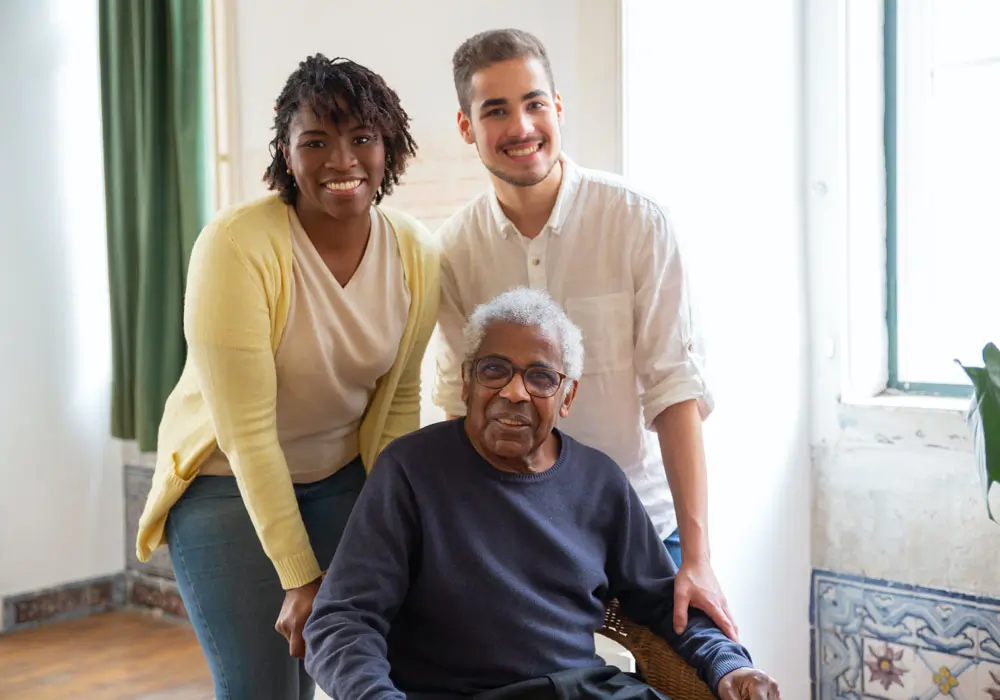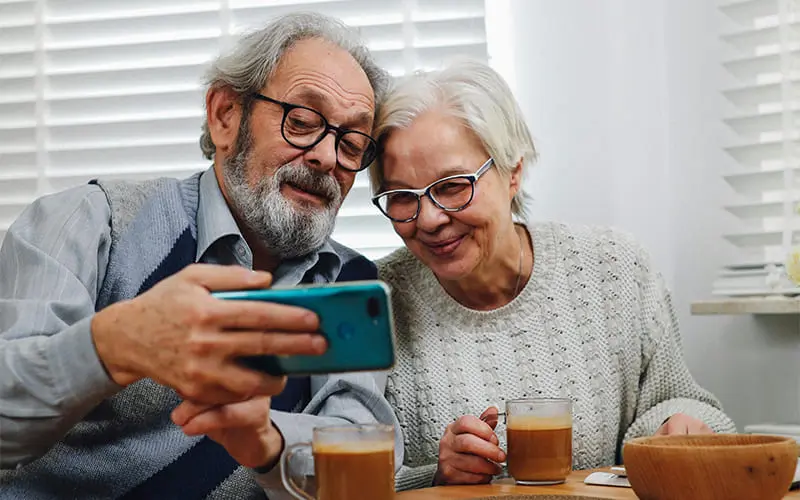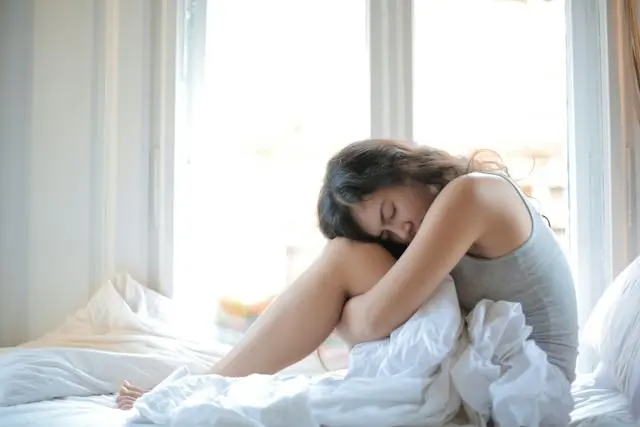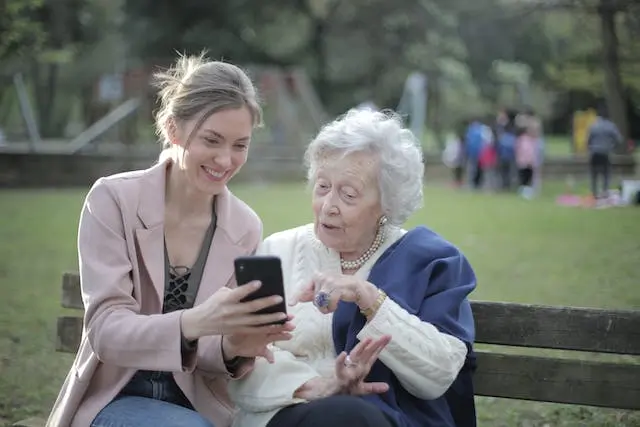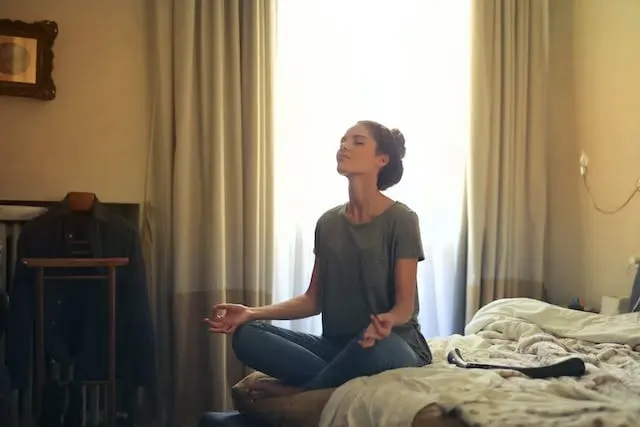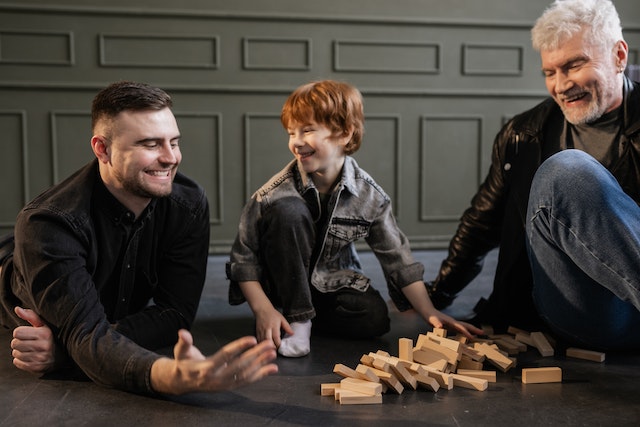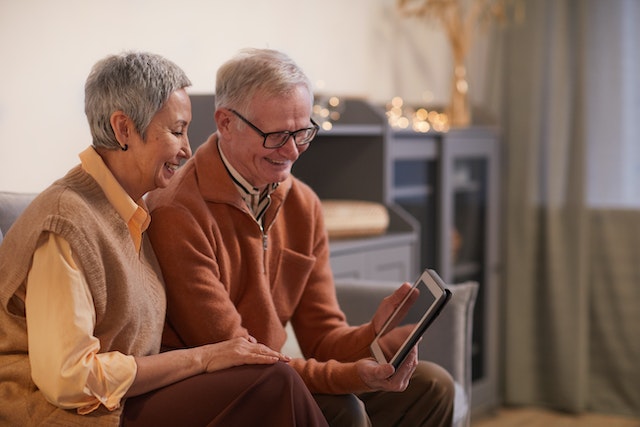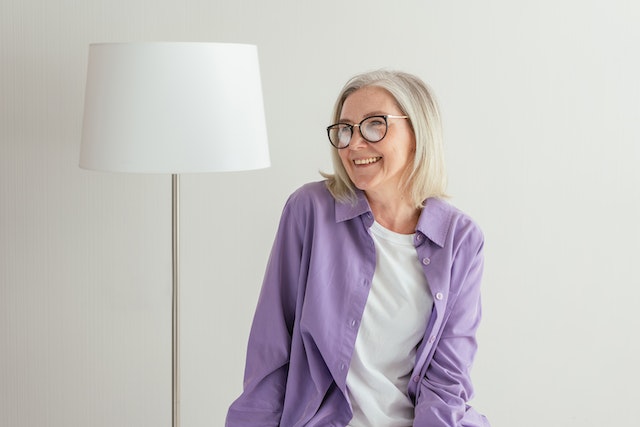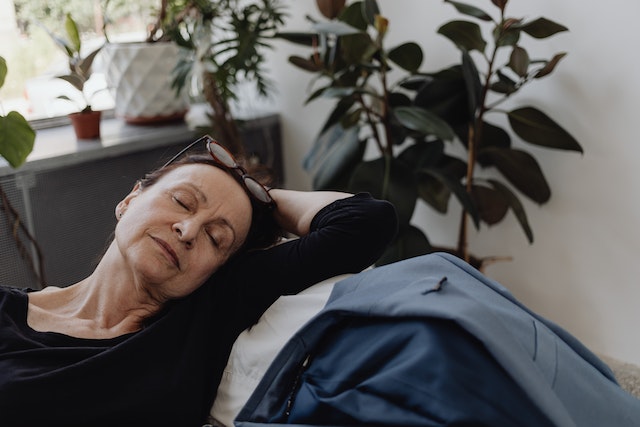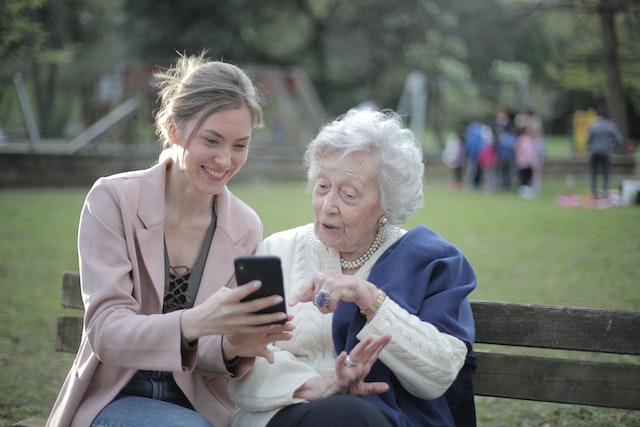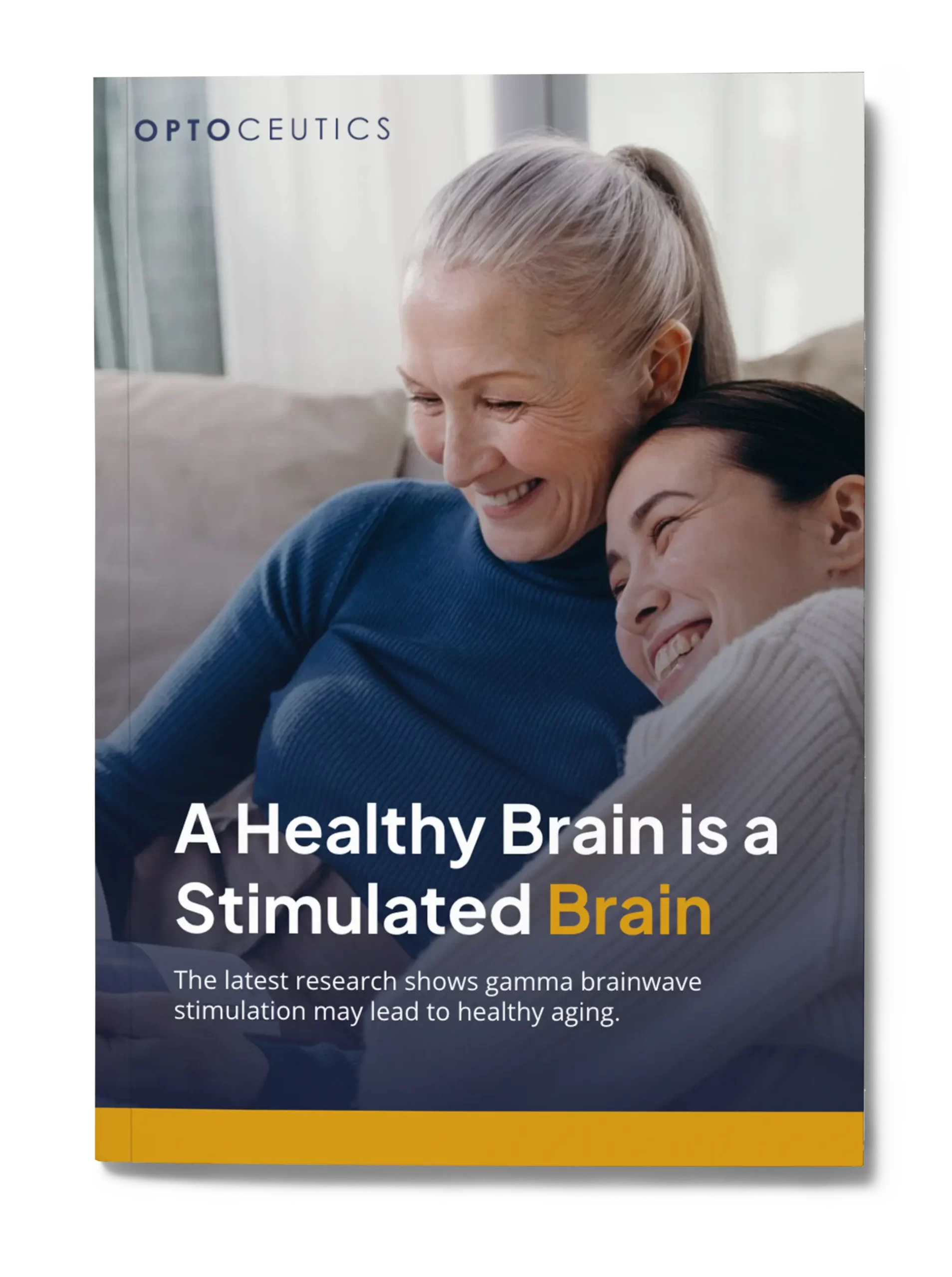
Christopher Ravn
Key Takeaways
1.Light therapy lamps emit bright light, mimicking natural sunlight, to regulate the body's circadian clock and improve mood.
2. Some light therapy lamps stimulate gamma brain activity with specific frequencies, like 40Hz, offering a non-invasive approach to cognitive decline.
3. Light therapy lamps are convenient and versatile, allowing users to integrate therapy sessions into their daily routines.
Table of Contents
1. How Do Light Therapy Lamps Work?
2. Light Therapy Lamp Uses
3. Is Light Therapy Effective In Treating Depression?
4. Everything You Need To Know About Light Therapy Lamps
5. Are Home Light Therapy Devices Reliable?
6. Is Morning Or Evening Light Therapy More Effective?
7. What Does A Light Therapy Lamp Do?
8. How Long Does It Take For A Light Therapy Lamp To Work?
9. Timing And Duration For Best Results With Light Therapy Lamps
10. What Is The Purpose Of A Therapy Lamp?
11. Finding The Right Light Therapy Lamp For You
12. Frequently Asked Questions About How Do Light Therapy Lamps Work
How Do Light Therapy Lamps Work?
Light therapy lamps work by emitting bright light that simulates natural sunlight, potentially regulating the body’s circadian clock and improving mood. Using either fluorescent or LED lights, these lamps provide a range of light spectrum, including wavelengths that mimic the sun.
Understanding the technology behind LED therapy lamps involves selecting bulbs that emit specific wavelengths, particularly those in the blue spectrum known to regulate mood. Many lamps produce a brightness of 10,000 lux, closely resembling sunlight, believed to be effective in treating conditions like seasonal affective disorder (SAD).
Some light therapy lamps focus on specific frequencies, such as 40Hz, to stimulate gamma brain activity, offering a non-invasive approach to target cognitive decline. Additionally, lamps may feature customizable intensity settings and built-in timers for safe and efficient treatment.
Certain light therapy lamps are designed to reduce glare and flicker, ensuring a comfortable and relaxing user experience. Overall, various advanced light therapy options mimic natural sunlight or provide specific light frequencies to address mood disorders and other conditions.
Light Therapy Lamp Uses
There are various types of light therapy lamps designed to address different conditions beyond seasonal affective disorder (SAD), depression, and sleep issues.
In treating SAD and sleep disorders, light therapy helps regulate circadian rhythms by mimicking sunlight, alleviating symptoms like low mood, fatigue and disrupted sleep patterns. Exposure to bright light therapy in the morning signals the body to wake up, promoting a healthier sleep-wake cycle.
Light therapy lamps are particularly beneficial for individuals with limited sunlight exposure, whether due to indoor lifestyles or residing in regions with minimal sunlight. Regular use of these lamps can mitigate the adverse effects of sunlight deprivation, which may otherwise contribute to mood disorders like anxiety and disturbances in sleep patterns.
In summary, light therapy lamps employ non-invasive methods to enhance mental health and alleviate symptoms of depression, anxiety, SAD, and sleep issues.
Is Light Therapy Effective In Treating Depression?
There is scientific research indicating that light therapy may be effective in treating depression and relieving symptoms such as seasonal affective disorder (SAD) prevalent during long winter months. Numerous studies have shown positive feedback regarding the use of light therapy lamps to reduce depressive symptoms.
Therefore, it’s beneficial to begin light therapy exposure before winter sets in, particularly for those susceptible to seasonal depression. Depression often worsens during fall and winter due to decreased daylight, making it important to start light therapy during late summer or early autumn to increase exposure to light and alleviate symptoms during the longer nights.
Continuous updates on the efficacy of light therapy in treating depression have consistently shown positive results. Reviews and research have demonstrated its effectiveness in reducing depressive moods and symptoms in cases of SAD and non-seasonal depression. Additionally, some studies suggest that certain light therapy lamps are as effective as antidepressants, making them a viable, non-invasive treatment option.
Everything You Need To Know About Light Therapy Lamps
When it comes to light therapy lamps, it is important to understand the benefits they provide in treating various conditions such as SAD, sleep issues, and other non-seasonal concerns. Hence, it’s crucial to comprehend the different ways to use and maximize the benefits of light therapy lamps.
One method is to place the light therapy lamp around 2 feet away and at eye level. Lamps like EVY LIGHT® utilize a non-invasive technique and should be positioned at eye level while facing the lamp with open eyes to potentially alleviate non-seasonal impairments. Sessions can last up to 20 minutes to an hour per day.
Some lights are specifically designed to aid seasonal depression and other depressive symptoms. Therefore, it’s important to avoid staring directly into the light and ensure it’s positioned to reach your retinas. The light should be around 10,000 lux in brightness for effective treatment, although lamps with higher intensities may be used for shorter intervals.
Furthermore, certain light therapy lamps offer adjustable temperatures. For example, cooler white lights may be used for specific therapy purposes, and some lamps include timers for a more customized setting.
However, always consult a healthcare professional before starting a light therapy session, especially if you have sensitivity to light. Consistent use of the light therapy lamp, preferably in the morning, can help regulate the body clock. Following proper usage, light therapy lamps may effectively improve overall health and well-being.
We Believe Prioritizing Brain Health Enhances Your Quality Of Life
Get to know our team, our mission and how our EVY LIGHT® can provide you and your loved ones with a fuller life, letting you breathe a little easier.
Are Home Light Therapy Devices Reliable?
Home light therapy devices may be reliable when compared to using a professional light therapy lamp. For instance, professional light therapy lamps are known to use higher light intensities with a broader spectrum than home light therapy lamps. This makes them a better option for those experiencing severe conditions and in need of supervision. However, compared to professional devices, home light therapy devices are more cost-effective, allowing individuals to integrate daily therapy sessions into their routines.
Selecting a light therapy lamp requires consideration of certain characteristics such as temperature, size, light intensity, and color. Devices should have a brightness range of 10,000 lux and be adjustable for personalized home use. It’s important to check the wavelength emitted by the device and its suitability for the specific condition you wish to alleviate. For example, some people opt for blue light therapy to potentially treat SAD.
It is of utmost importance to follow proper usage guidelines to ensure safety and effectiveness. Place the device at eye level and at the recommended distance provided by the manufacturer for optimal results. Start with shorter sessions initially and gradually increase as needed. Before starting light therapy, especially for those with existing medical conditions or sensitivity to light, it’s essential to consult a healthcare professional to avoid any adverse effects.
Is Morning Or Evening Light Therapy More Effective?
In order to determine whether morning or evening light therapy is more effective, you need to consider several factors essential to treating the condition you’re addressing.
For instance, using morning light therapy may help alleviate symptoms like seasonal affective disorder (SAD) and sleep issues. This is because morning light therapy can regulate your circadian rhythm, boost energy, and improve mood. Exposure to bright light in the morning signals to the brain that it’s time to wake up, reduces melatonin buildup and promotes alertness. This is beneficial for those experiencing morning fatigue or seasonal depression who need a mood boost.
However, evening light therapy may be more beneficial for individuals experiencing delayed sleep phase syndrome or insomnia. Evening light therapy can help reset the body clock, induce relaxation, and improve sleep quality by decreasing natural light exposure as the day transitions into the night.
Therefore, choosing between morning and evening light therapy sessions requires consideration of lifestyle choices. Analyzing the best time to use light therapy is essential to ensure optimal treatment for mood and sleep patterns.
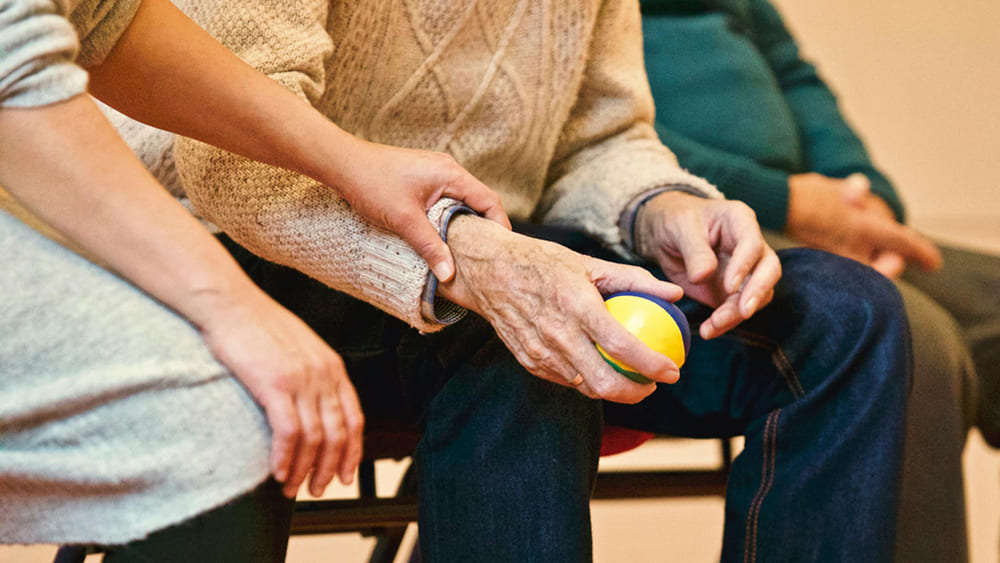
What Does A Light Therapy Lamp Do?
A light therapy lamp serves either as an alternative to natural sunlight or emits specific lightwaves that may potentially alleviate mood disorders, boost energy levels, or address age-related issues. Its functions include aiding in regulating circadian rhythms and addressing conditions like seasonal affective disorder (SAD) and sleep issues. Additionally, certain light therapy lamps can assist with age-related conditions such as Alzheimer’s and dementia.
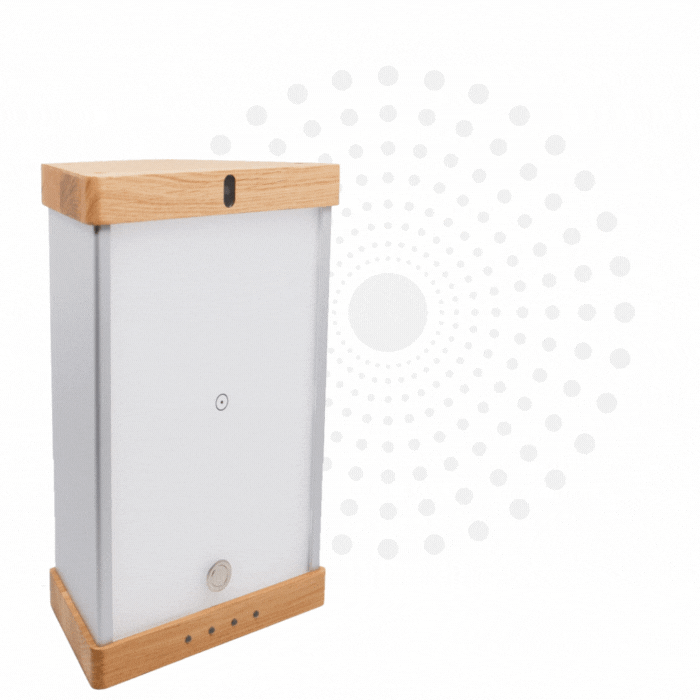
Enhance your brain performance through the power of light.
Comfortable and easy to use 40Hz light therapy to support and improve your brain function.
View Our LightHow Long Does It Take For A Light Therapy Lamp To Work?
There is no standard timing to determine when a light therapy lamp may produce noticeable results. This variability stems from differences in individual body structures, leading to varying effects from person to person.
For instance, in cases of seasonal affective disorder (SAD) and depression, regular use of light therapy may begin to alleviate symptoms within a couple of days to a few weeks.
On the other hand, research suggests that for conditions like insomnia or circadian rhythm disorders, noticeable results may emerge within just a few days of starting light therapy. However, individual responses can vary depending on the severity of the condition and the body’s response to treatment.
Overall, it’s essential to recognize that the timeline for experiencing the effects of light therapy can differ among individuals. Consulting a healthcare professional is important to ensure proper guidance and to maximize the benefits of the device.
Timing And Duration For Best Results With Light Therapy Lamps
To potentially achieve optimal results with light therapy lamps, it is important to factor in the duration and frequency of usage. Ideally, starting with a light therapy session of 20 to 30 minutes is beneficial, depending on one’s tolerance level and the specific condition being addressed. Gradually increasing the duration to an hour is advisable, but it’s crucial to be mindful of potential side effects such as eye strain or headaches.
Additionally, the frequency of light therapy lamp usage is significant. Daily use is recommended, particularly for treating conditions like SAD or depression. Consistent exposure to light is necessary to potentially improve mood and regulate circadian rhythms. However, the required frequency may vary from person to person.
What Is The Purpose Of A Therapy Lamp?
The purpose of a therapy lamp is to replicate natural sunlight, providing therapeutic benefits for conditions such as SAD, sleep disorders, and even depression. Moreover, some therapy lamps produce 40 Hz gamma frequencies to potentially aid in age-related diseases.
There has been an increasing interest in using therapy lamps because they are viewed as a non-invasive method to manage symptoms like SAD, sleep disorders, Alzheimer’s, and dementia. Therefore, individuals opt for an alternative approach to avoid the potential side effects of medications.
Additionally, therapy lamps are readily available and convenient to use. They can be easily incorporated into daily routines at home or work without disruption. Consequently, many prefer this method and adhere to treatment schedules, leading to effective results over time.
As awareness of the importance of mental health and overall well-being grows, people seek alternative therapies to improve cognitive and mental health. Therapy lamps are considered a safe method to address issues related to sleep, mood, and age-related diseases, serving as a holistic approach to overall health.
Finding The Right Light Therapy Lamp For You
In order to find the right light therapy lamp for you, it is important to consider your health goals and living spaces. Additionally, you will need to decide what frequency of light therapy is suitable for you. If you are interested in addressing issues such as Alzheimer’s, dementia, and even brain fog, then a 40 Hz light therapy lamp may be suitable for you.
However, if you are looking to ease symptoms such as seasonal affective disorder (SAD) or depression, then consider using a light therapy lamp that provides at least 10,000 lux.
Finding the right light therapy lamp involves considering personal health goals and living spaces, along with emerging therapeutic options such as 40 Hz light therapy. For those who are concerned about space constraints, opting for a portable and versatile lamp that can be easily stored when not in use may be beneficial.
Thus, it is important to ensure that the light therapy lamp of your choice aligns with your needs. Make sure that the brightness is adjustable and that there is a timer to aid in tailored sessions. It is also important to consult a healthcare professional before selecting the right light therapy lamp for you.
Learn What Others Have Experienced with EVY Light
See how others have achieved a sharper mind by activating their gamma brainwaves in combination with maintaining a healthy lifestyle.
Frequently Asked Questions About How Do Light Therapy Lamps Work
How Do Light Therapy Lamps Work?
Are Home Light Therapy Devices Reliable?
Home light therapy devices may be reliable when compared to using a professional light therapy lamp.









